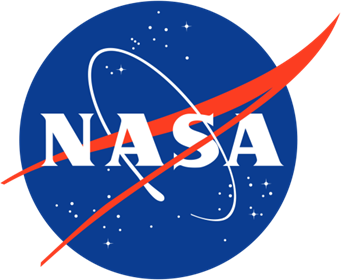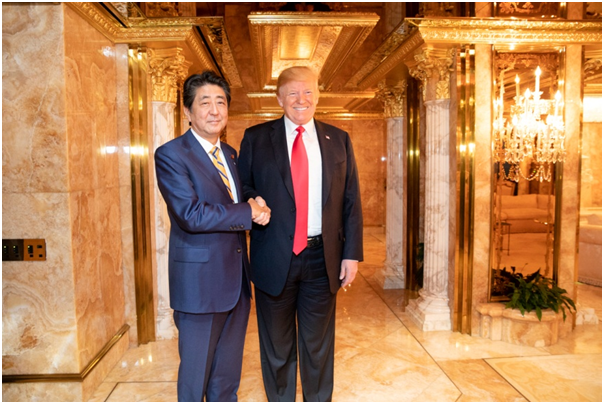![Japanese Prime Minister Abe (left) and U.S. President Trump (right) [Source: Flickr ]](https://fabbaloo.com/wp-content/uploads/2020/05/US-Japan1_img_5eb095b021ce2.png)
Charles Goulding and Liam Nixon of R&D Tax Savers look at the relationship between the U.S. and Japan as it relates to 3D printing.
Collaborative Agreement between Trump and Abe
The U.S. and Japan have agreed to work together in the realm of space travel. As recently announced on May 27 during U.S. President Donald Trump’s visit to Japan at a press conference with Japanese Prime Minister Shinzo Abe, the U.S. and Japan have committed to venture beyond Planet Earth with each other’s assistance. Future trips to the Moon and eventually Mars are notable goals that the U.S. and Japan will strive to achieve in conjunction with one another. This agreement obviously has large implications for the space agencies of both nations, the U.S.’ NASA and Japan’s JAXA. Given that both of these agencies have utilized 3D printing technology in their development of space programs, there are now scintillating opportunities for 3D printing collaboration in the area of space travel.
NASA and JAXA 3D Printing Development
Both NASA and JAXA have utilized 3D printing in their respective approaches towards developing spacecrafts and equipment. NASA has utilized 3D printing technology to create and/or implement numerous materials for space travel. These have included a rocket engine combustion chamber, the thermal protection system of its Space Launch System rocket, a sensor platform to monitor astronauts or assist planetary rovers, and a 3D printer with plastic recycling capabilities for use in space. NASA’s website documents these and numerous other 3D printing projects.
JAXA has also taken a liking to the use of 3D printing technology. They have worked on and with various 3D printing projects such as carbon fiber composites, a 3D printed space drone, the ARTSAT 3D printed satellite, and transmission of solar power to eventually create power stations in space.
![JAXA's 3D printing drone [Source: JAXA ]](https://fabbaloo.com/wp-content/uploads/2020/05/US-Japan2_img_5eb095b09bd79.png)
Looking towards the Future of NASA and JAXA
The recent announcement of collaboration between NASA and JAXA is a huge event for the 3D printing landscape. These two major space agencies can now begin to share information and technology in the 3D printing sector and partner to develop cutting-edge 3D printing projects to use in space travel. NASA has been unfortunately faced with both the threat of competition from private space exploration companies and decreased financial allocation from the U.S. government. This collaboration with JAXA can definitely accelerate NASA’s technological advancement in the realm of 3D printing. This work can lend itself to qualification for the R&D Tax Credit.


The Research & Development Tax Credit
Enacted in 1981, the now permanent Federal Research and Development (R&D) Tax Credit allows a credit that typically ranges from 4%-7% of eligible spending for new and improved products and processes. Qualified research must meet the following four criteria:
-
Must be technological in nature
-
Must be a component of the taxpayer’s business
-
Must represent R&D in the experimental sense and generally includes all such costs related to the development or improvement of a product or process
-
Must eliminate uncertainty through a process of experimentation that considers one or more alternatives
Eligible costs include U.S. employee wages, cost of supplies consumed in the R&D process, cost of pre-production testing, U.S. contract research expenses, and certain costs associated with developing a patent.
On December 18, 2015, President Obama signed the PATH Act, making the R&D Tax Credit permanent. Since 2016, the R&D credit has been used to offset Alternative Minimum Tax (AMT) for companies with revenue below $50MM and, startup businesses can obtain up to $250,000 per year in payroll tax cash rebates.










